Logitech G PRO X Superlight 2 Mouse - Review
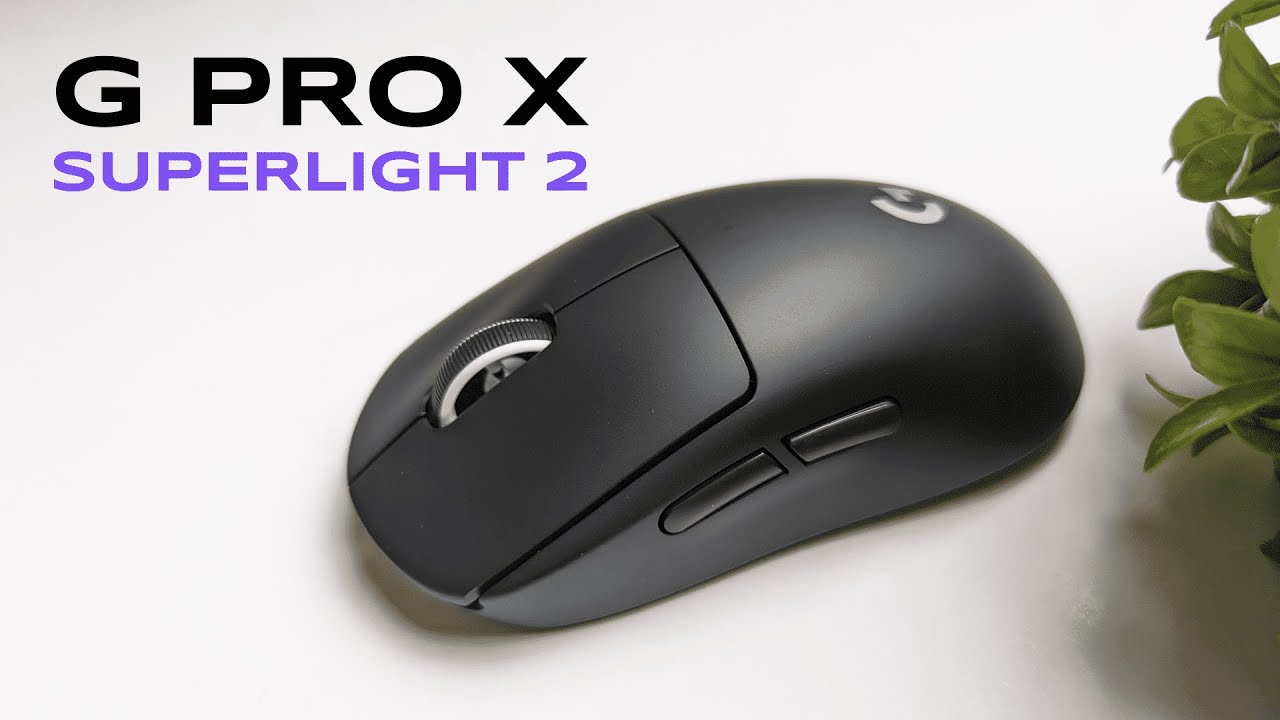
I'm Kova Tech, and I spent a good amount of time with the Logitech G PRO X Superlight 2 to see whether it lives up to the hype for esports players chasing the lightest, fastest wireless mouse. Below you'll find a hands-on breakdown of everything in the box, the design and build, sensor and performance, software features, and who should consider this mouse.
What’s in the box
- Logitech G PRO X Superlight 2 mouse
- Logitech Lightspeed USB receiver
- Lightspeed extender (USB-A to USB-C connection setup)
- USB-C to USB-A cable (for wired use and charging)
- Stick-on grip pads
- Magnetic puck and extra skate (for the rear)
- Instruction manual and cleaning cloth
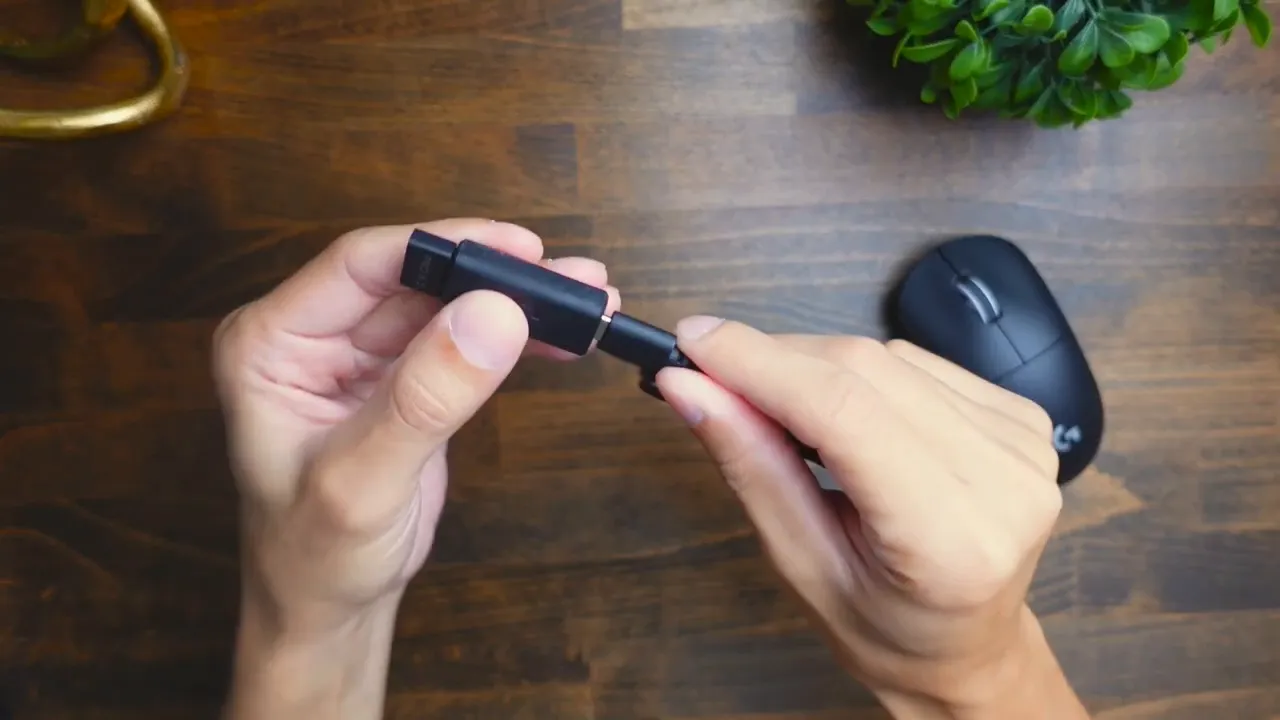
First impressions: ultra-light, minimalist design
This mouse is built with esports in mind: it comes in at about 60 grams. As I said when handling it, "it feels so light it almost feels as if it's like I'm holding a feather" — not literally, but you get the point. The chassis is simple and clean, with a subtle arch that provides comfortable support across palm, claw, and fingertip grips.
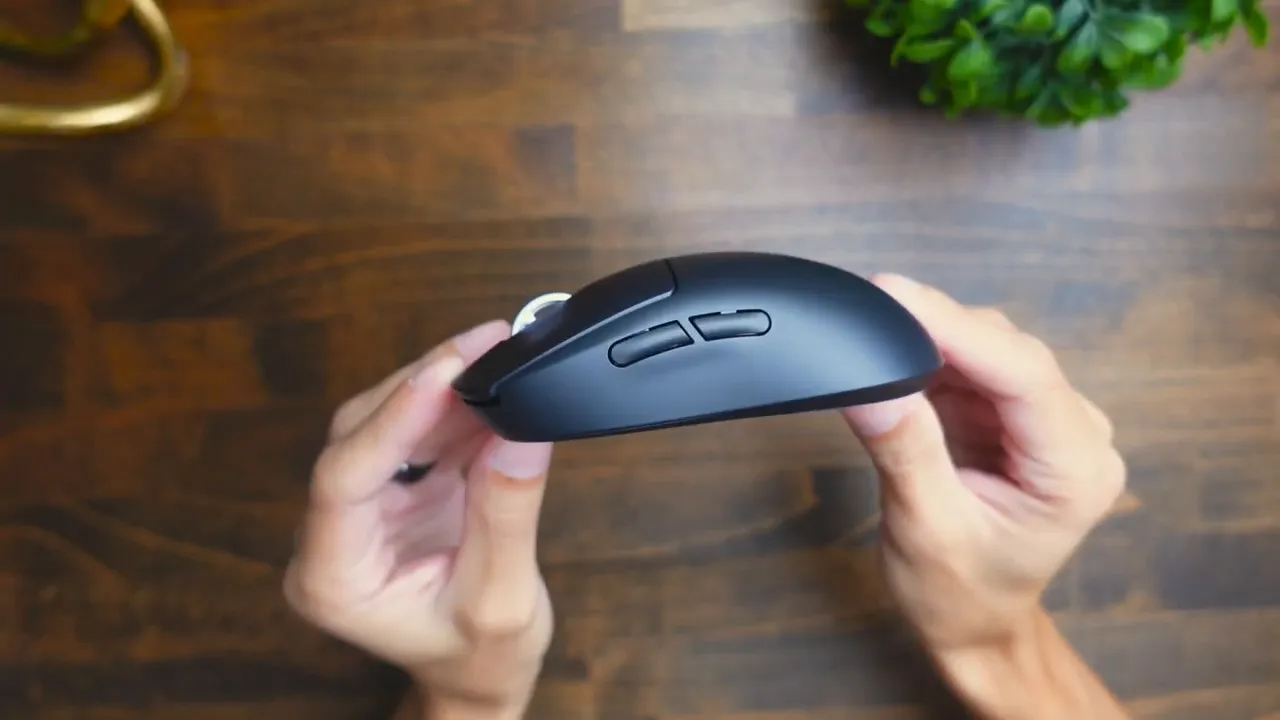
The aesthetic is intentionally minimalist — simple shapes, no unnecessary frills. Small details like the textured scroll wheel and the "SUPER LIGHT" text on the side add a sporty touch without adding weight.
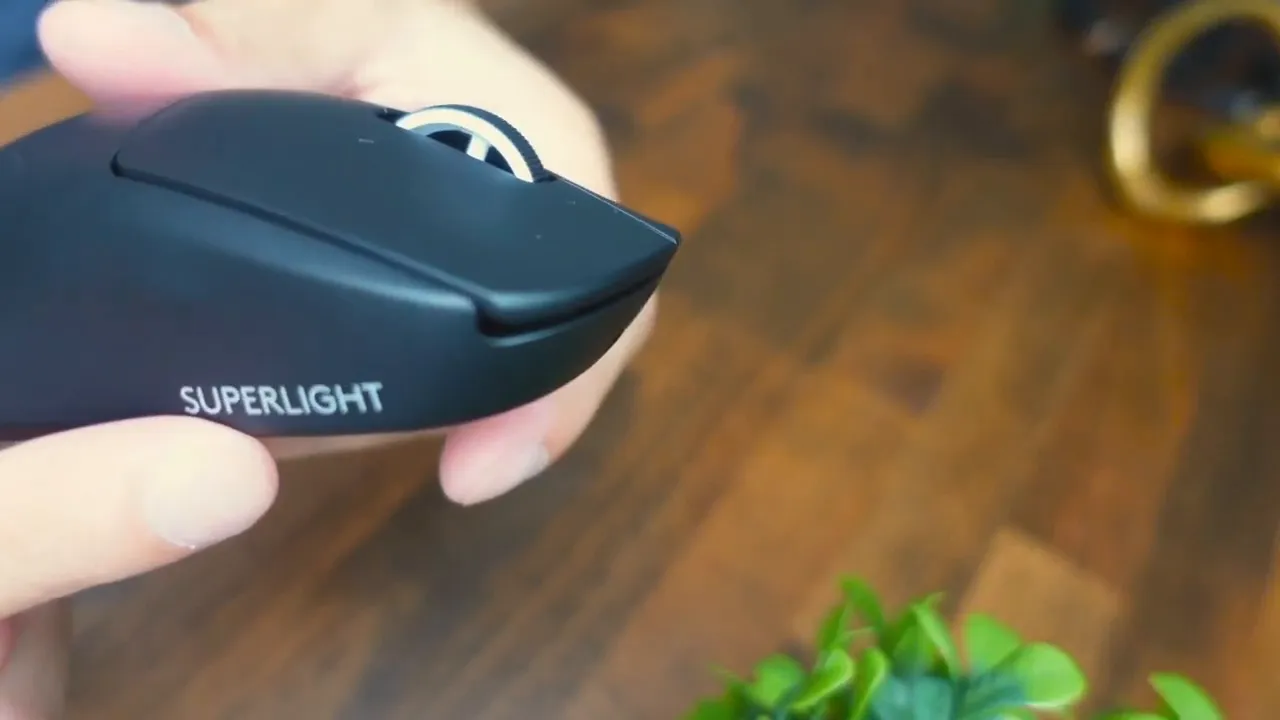
Colors and button layout
Logitech offers the Superlight 2 in black, white, and pink, so you can match your setup or style. The button layout is straightforward:
- Left/right primary buttons
- Clickable scroll wheel
- Two side buttons (default: back/forward)
- On/off switch and a small rear compartment to store the Lightspeed USB dongle
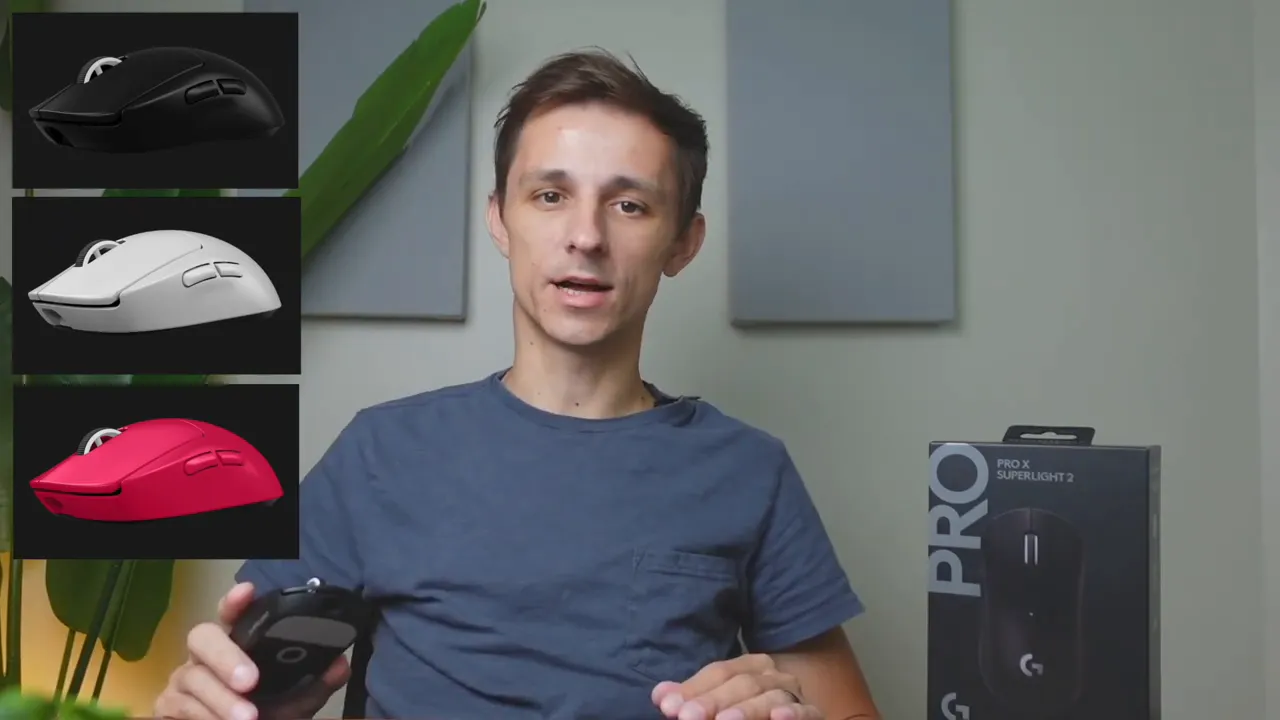
Build quality: fragile by design, but solidly put together
The shell is very lightweight plastic and can feel slippery in bare hands. That’s by design — Logitech prioritized weight reduction over heavy materials. To mitigate grip issues, Logitech includes stick-on grip pads and a small fabric cloth for cleaning before application (wipe fingerprints/grease off first).
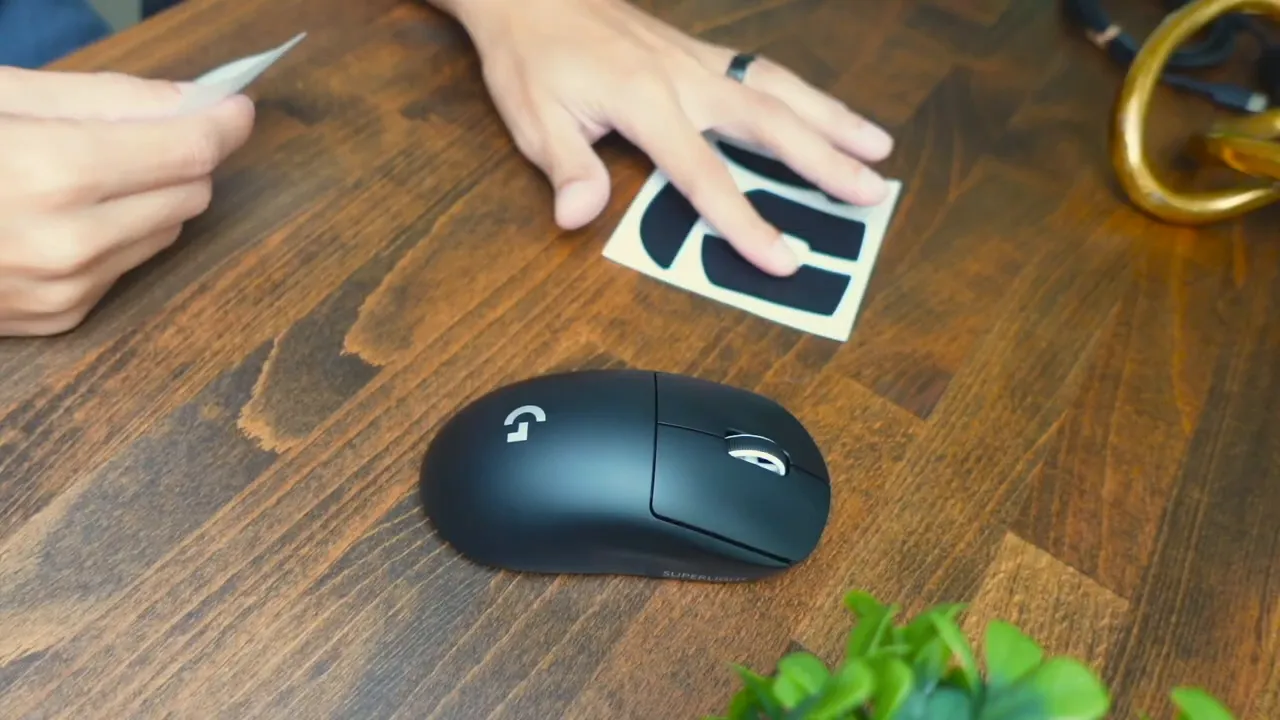
I do a shake test on every mouse — no rattles, no wobble. The Superlight 2 surprised me by feeling structurally sound despite the thin, featherweight shell. The magnetic puck on the back is easy to remove and replace.
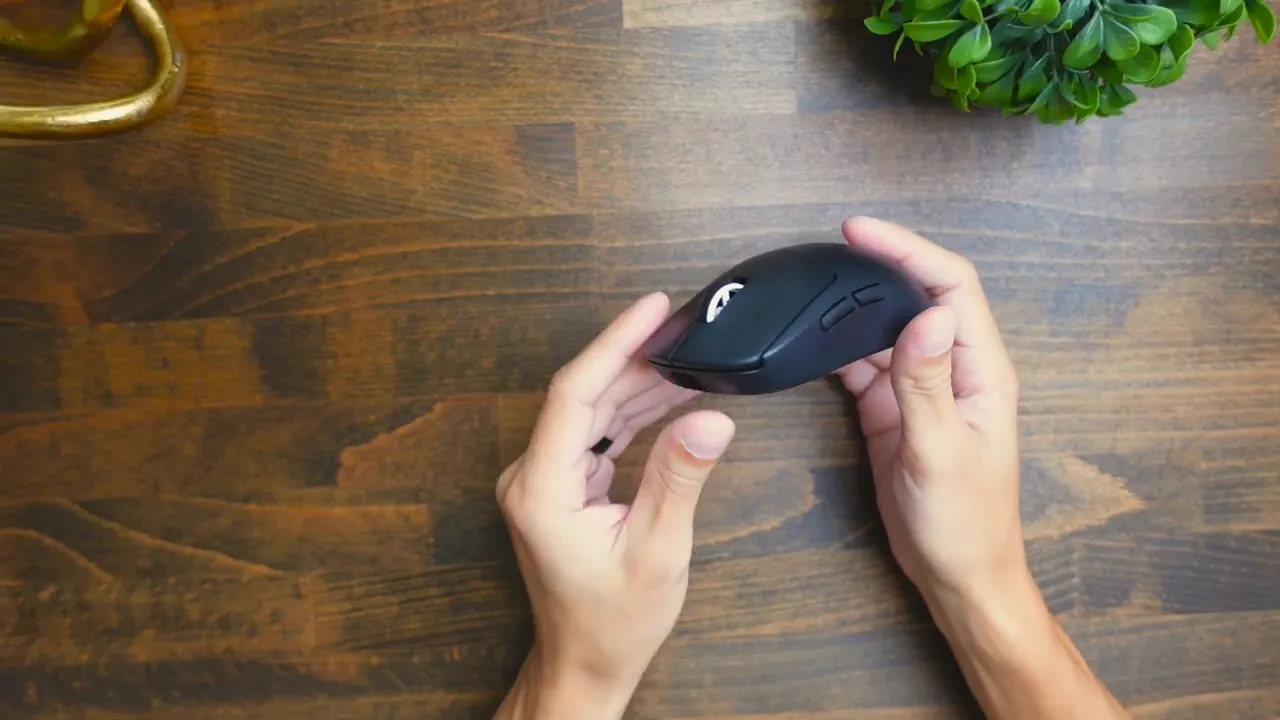
Optional rear skate: small weight trade-off, better support
The included rear skate (puck) is intended to improve rear glide and palm support if you tend to press down heavily with the back of your hand. It adds roughly one gram, so you’ll need to decide whether the extra support is worth the tiny weight increase.
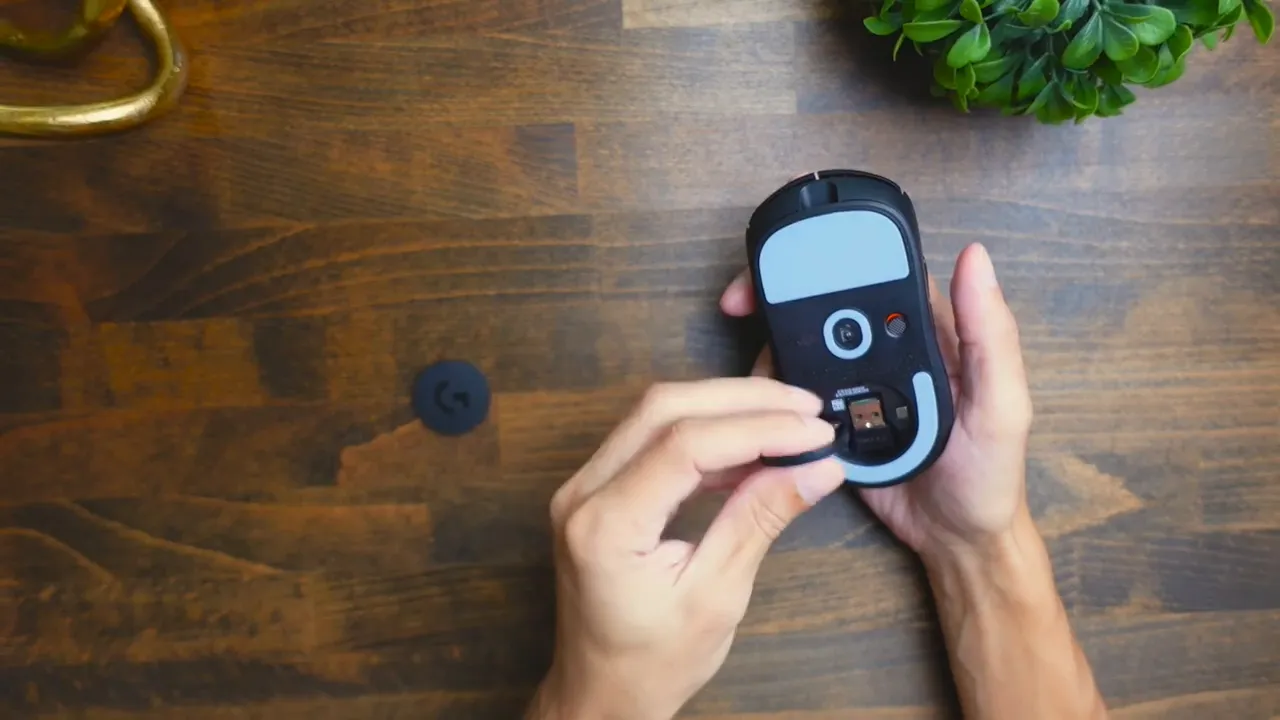
Sensor and performance: HERO 2, up to 32K DPI
The Superlight 2 uses Logitech’s HERO 2 sensor with up to 32,000 DPI. That gives a huge range for sensitivity tuning to match any playstyle or mousepad setup.
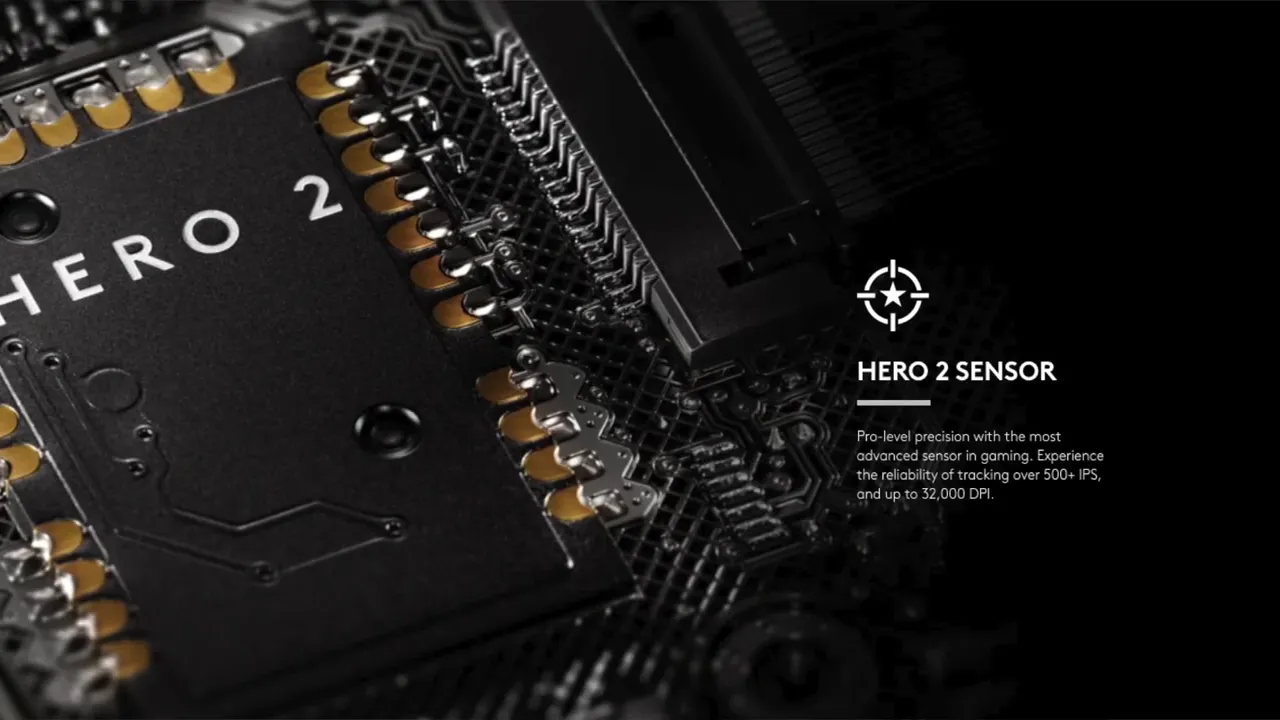
Maximum polling rate is capped at 2,000 Hz. On paper that sounds lower than some offerings that advertise 4K/8K polling, but in practical use I didn’t notice a meaningful difference. Pushing polling rates to extreme levels increases CPU usage and, in my opinion, yields diminishing returns for most players.
Battery life and wireless connection
Logitech claims up to ~90 hours of battery life for this mouse. It connects over the Lightspeed USB dongle — plug the extender in or store the dongle in the mouse for portability. You can also use the included cable for wired play or charging.
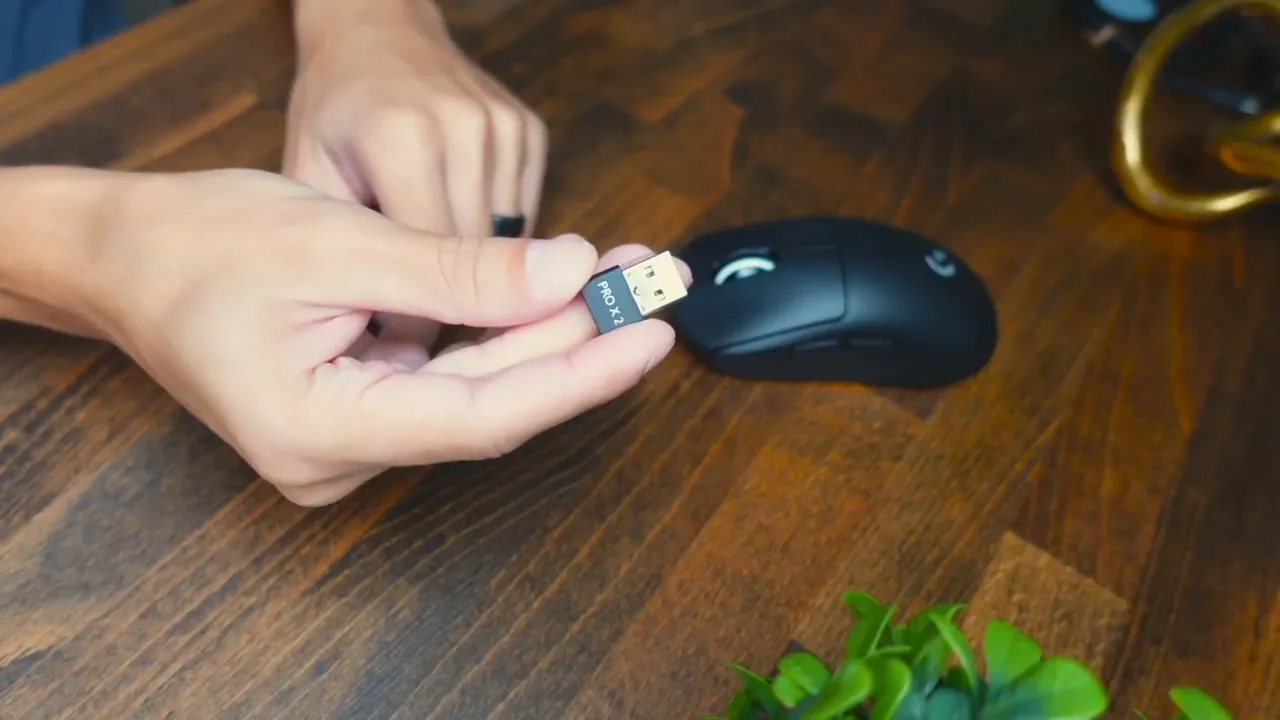
Logitech G HUB: onboard memory and customization
Once plugged in and running Logitech G HUB, you get access to:
- Battery readout and charging controls
- Onboard memory profiles
- DPI and polling rate adjustments
- Button assignment and G-Shift
- Macro creation and per-game automatic profiles (detects running games and switches profiles)
- Ability to toggle optical-only switches vs. hybrid mode (saves a bit of power)
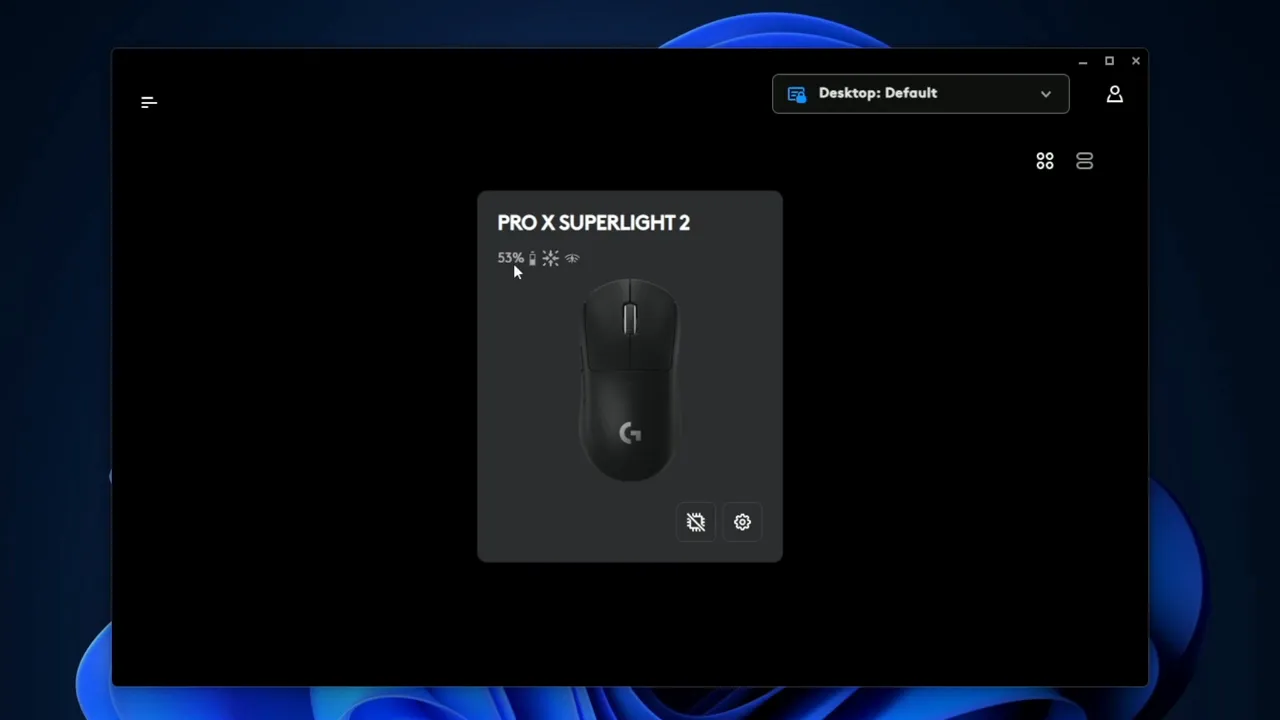
These features let you fine-tune the Superlight 2 for different games and workflows. I really liked the per-game profile switching — handy for assigning different shortcuts for games like Valheim or Raft.
Switches and sound
The mouse uses optical switches and allows hybrid behavior for power savings. In terms of feedback, the clicks are slightly loud and satisfyingly "juicy" — tactile and crisp. If you’re into a responsive, audible click, you’ll probably enjoy them.
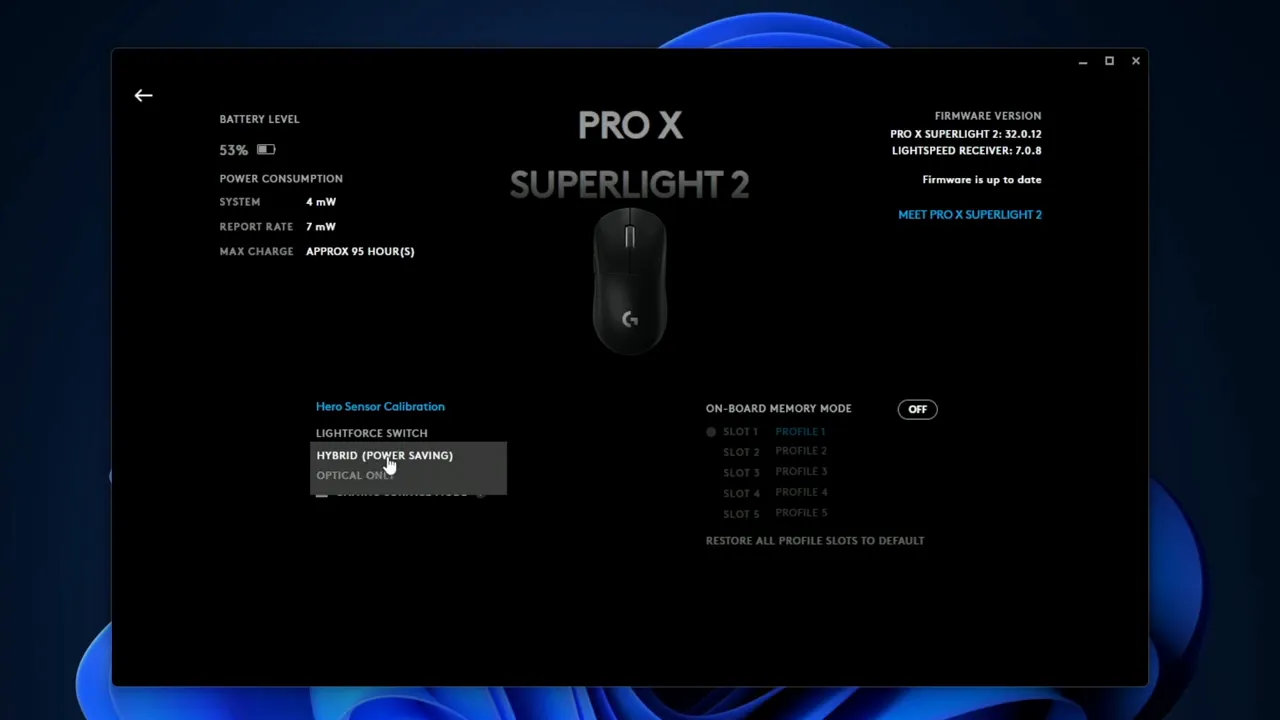
Who is the Superlight 2 for?
- Esports and competitive players who prioritize minimal weight and low-latency wireless
- Gamers who prefer a minimalist, versatile shape that fits palm, claw, and fingertip grips
- Users who want Logitech ecosystem features like G HUB profiles, macros, and Lightspeed wireless
If you need RGB lighting or heavier materials for a premium tactile feel, this isn’t aimed at you — it opts to shave grams rather than add flash.
Final thoughts and recommendation
"Light, fast, and focused — the Superlight 2 does what it sets out to do."
Logitech nailed the brief: the PRO X Superlight 2 delivers an ultra-lightweight, competitive wireless mouse with solid build integrity, a high-end HERO 2 sensor, and useful software tuning. The 2K polling ceiling and lack of RGB are conscious trade-offs for battery life and weight savings. If you're serious about competitive play and want a near-featherweight wireless mouse with reliable performance and customization, this is a top contender.
If you want a direct head-to-head, I’ve compared this with other esports mice (for example, the Razer Viper V2 Pro) elsewhere — check that comparison if you're deciding between top-tier ultra-light options.
Thanks for reading — I’ll see you in the next review.